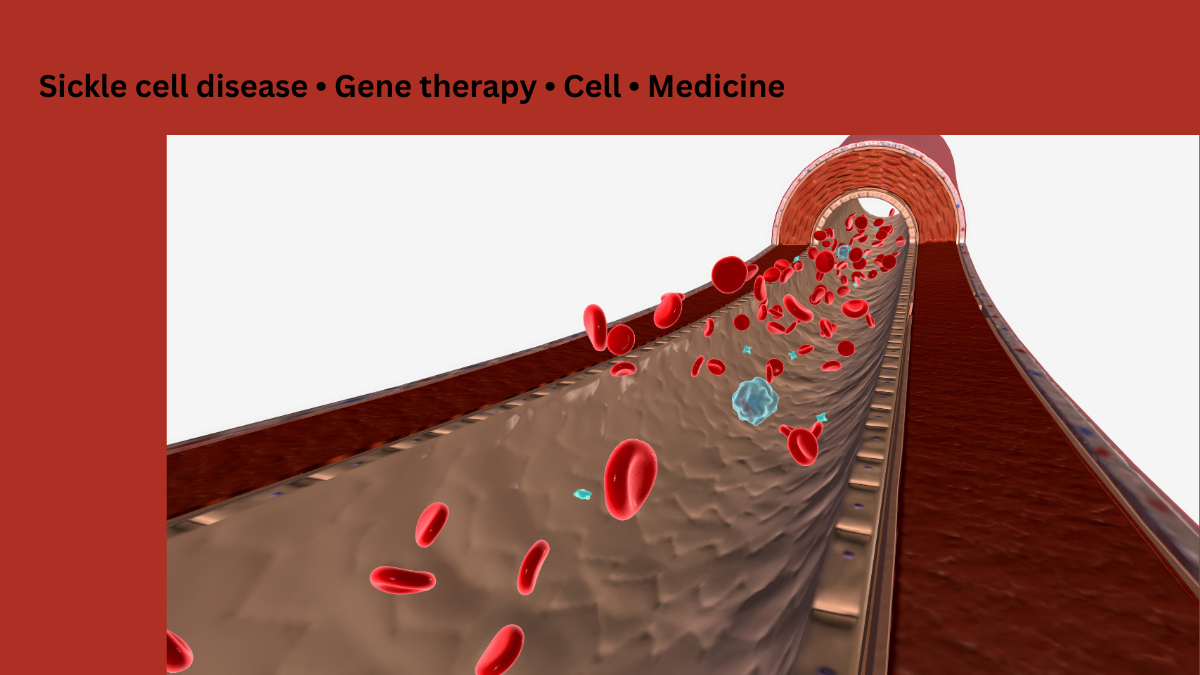Breakthroughs in Gene Therapy for Sickle Cell Disease
Introduction
Sickle cell disease (SCD) is a hereditary blood disorder characterized by the production of abnormal hemoglobin, known as hemoglobin S. This abnormality causes red blood cells to adopt a sickle shape, leading to various complications such as pain, anemia, infections, and organ damage. For years, the primary treatments for SCD have been blood transfusions and medications to manage symptoms. However, recent advancements in gene therapy offer promising new avenues for treating and potentially curing this debilitating condition.
Understanding Sickle Cell Disease
Sickle cell disease is caused by a mutation in the HBB gene, which encodes the beta-globin subunit of hemoglobin. The mutation results in the formation of hemoglobin S, which polymerizes under low oxygen conditions, causing red blood cells to become rigid and adopt a characteristic sickle shape. These misshapen cells can block blood flow, leading to pain crises and other severe complications.
Gene Therapy: A New Frontier
Gene therapy aims to treat or cure diseases by correcting genetic mutations. For SCD, gene therapy involves modifying the patient’s hematopoietic stem cells (HSCs) to produce healthy red blood cells. There are two primary approaches to gene therapy for SCD:
- Gene Addition: This approach involves adding a functional copy of the HBB gene to the patient’s HSCs using viral vectors. The modified HSCs are then transplanted back into the patient, where they can produce normal red blood cells.
- Gene Editing: Techniques like CRISPR-Cas9 are used to directly correct the mutation in the HBB gene or to disrupt the expression of genes that promote the sickling of red blood cells. For example, editing the BCL11A gene can reactivate the production of fetal hemoglobin (HbF), which inhibits sickling.
Recent Advances and Clinical Trials
Significant progress has been made in clinical trials for gene therapy in SCD. Several trials have demonstrated promising results:
- Bluebird Bio’s LentiGlobin BB305: This therapy uses a lentiviral vector to insert a functional copy of the HBB gene into the patient’s HSCs. Clinical trials have shown that patients treated with LentiGlobin BB305 can produce sufficient levels of normal hemoglobin to reduce or eliminate disease symptoms.
- CRISPR Therapeutics and Vertex Pharmaceuticals: Their therapy, CTX001, employs CRISPR-Cas9 to edit the BCL11A gene, increasing the production of HbF. Early results from clinical trials have shown significant reductions in pain crises and transfusion requirements.
The Future of Gene Therapy in Sickle Cell Disease
The success of gene therapy for SCD could revolutionize the treatment landscape for this and other genetic disorders. However, several challenges remain:
- Safety and Efficacy: Long-term safety and efficacy of these therapies need to be established through extended clinical trials and follow-up studies.
- Accessibility and Cost: Gene therapy is currently expensive and requires specialized medical facilities. Efforts are needed to make these treatments accessible to a broader population, especially in regions where SCD is most prevalent.
- Regulatory and Ethical Considerations: The development and implementation of gene therapies must navigate complex regulatory frameworks and ethical considerations, particularly concerning the potential for germline editing.
Conclusion
Gene therapy holds immense potential to transform the treatment of sickle cell disease. By addressing the root cause of the disorder at the genetic level, these therapies offer hope for a future where SCD can be effectively managed or even cured. Continued research, clinical trials, and efforts to improve accessibility will be crucial in realizing the full potential of gene therapy for patients worldwide.
